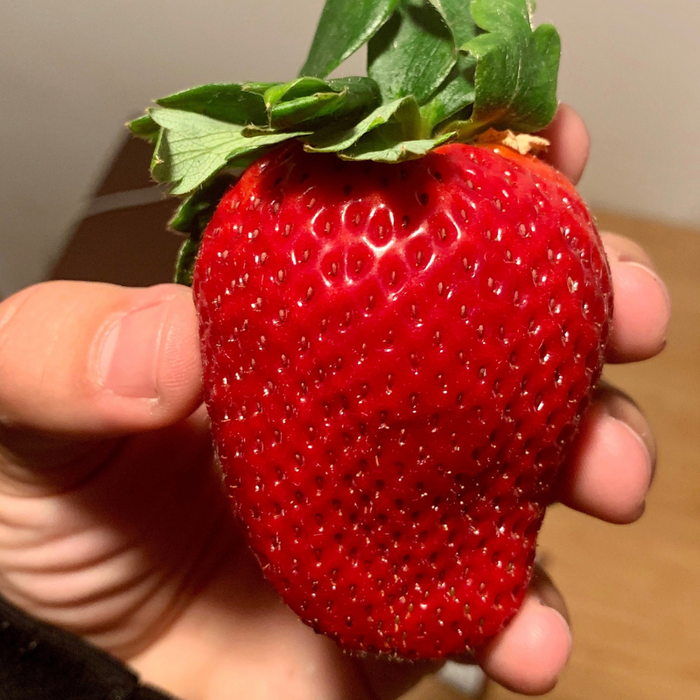
Giant Strawberry Fruit Seeds
Save 50%
Original price
$10.00
Original price
$10.00
-
Original price
$10.00
Original price
$10.00
Current price
$4.99
$4.99
-
$4.99
Current price
$4.99
Indulge in the extraordinary with our Giant Strawberry Fruit Seeds. These seeds will bring forth plants that produce strawberries of an impressive size, each bursting with the classic, special flavor of sweetness. Ideal for a backyard garden or container planting, our seeds give a pleasant and bountiful harvest!
Details:
- Color: Delicate white flowers followed by bright red fruit.
- Plant Seeds: Sow in fall, cold stratify, or plant after frost indoors or out.
- Plant Height: Grows low to the ground at 8 to 10 inches tall.
- Plant Spacing: Space plants 18 to 24 inches apart for spreading growth.
- Bloom Time: Blooms in spring with early seasonal charm.
- Harvest: Produces ripe fruit between June and July.
- Hardiness Zone: Ideal for USDA zones 4 through 8.
- Light Requirements: Prefers full sun for best fruit production.
- Soil & Water Preferences: Grows well in average, well-drained soil.
- Quantity: Packet includes approximately 15 seeds.









